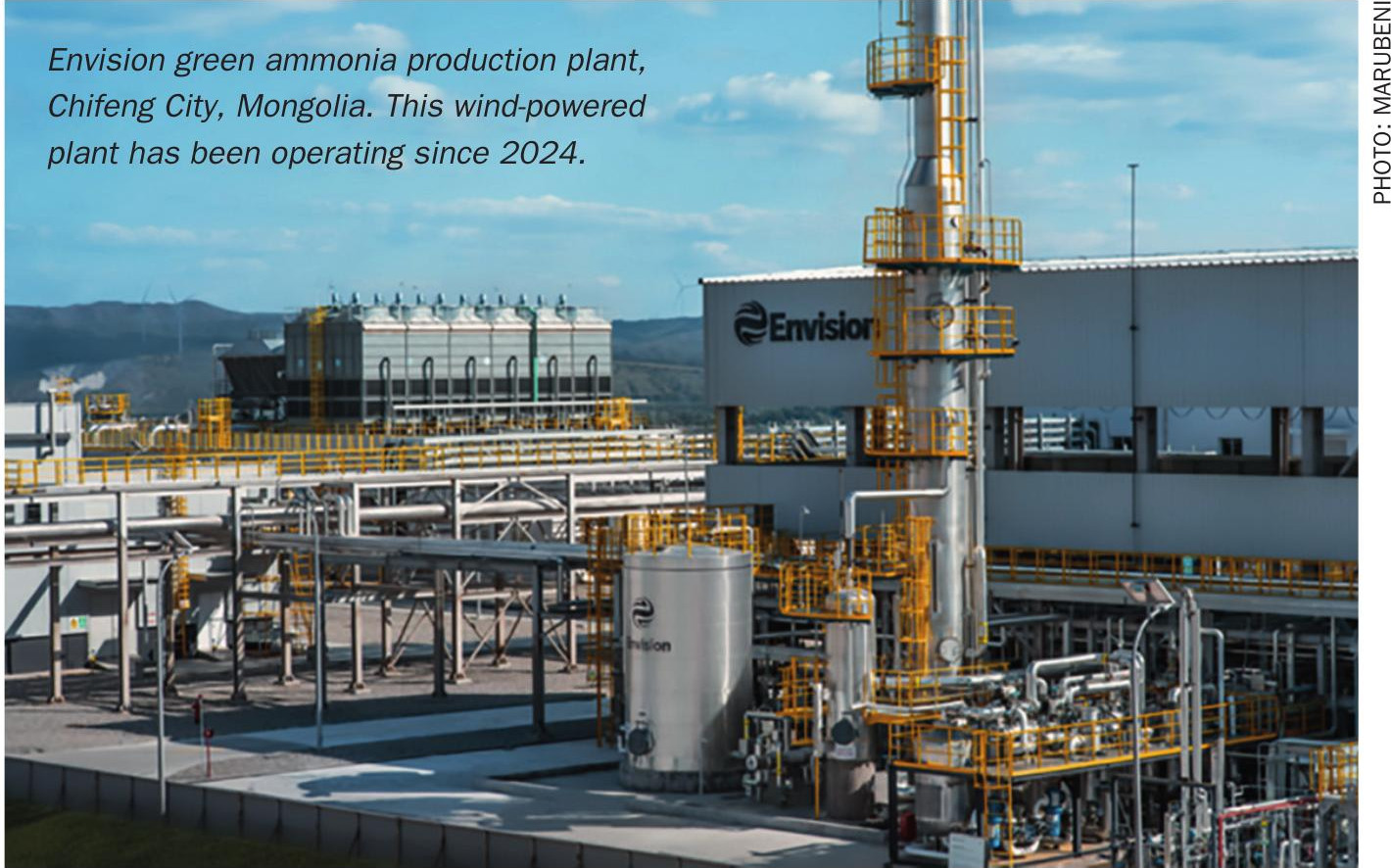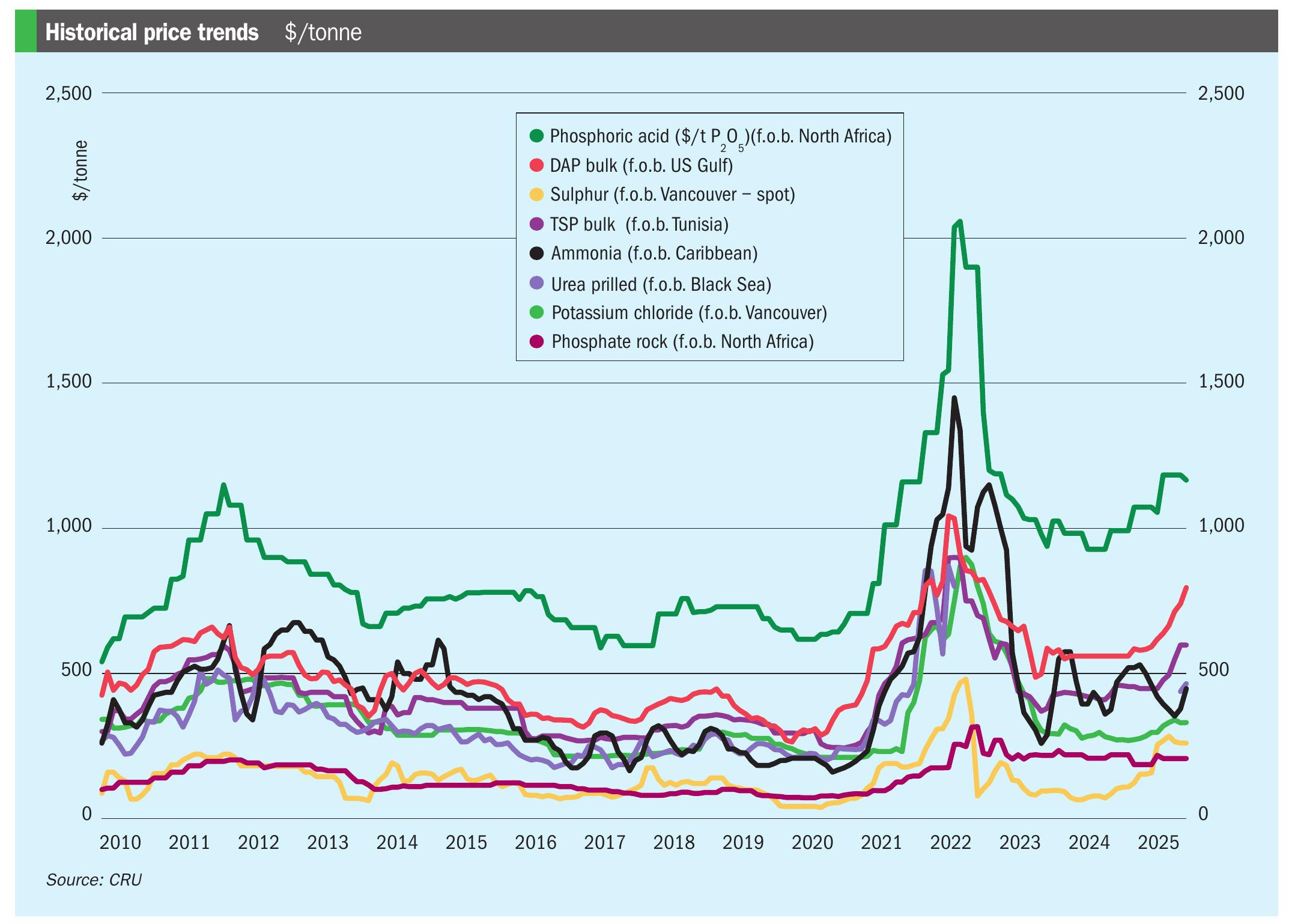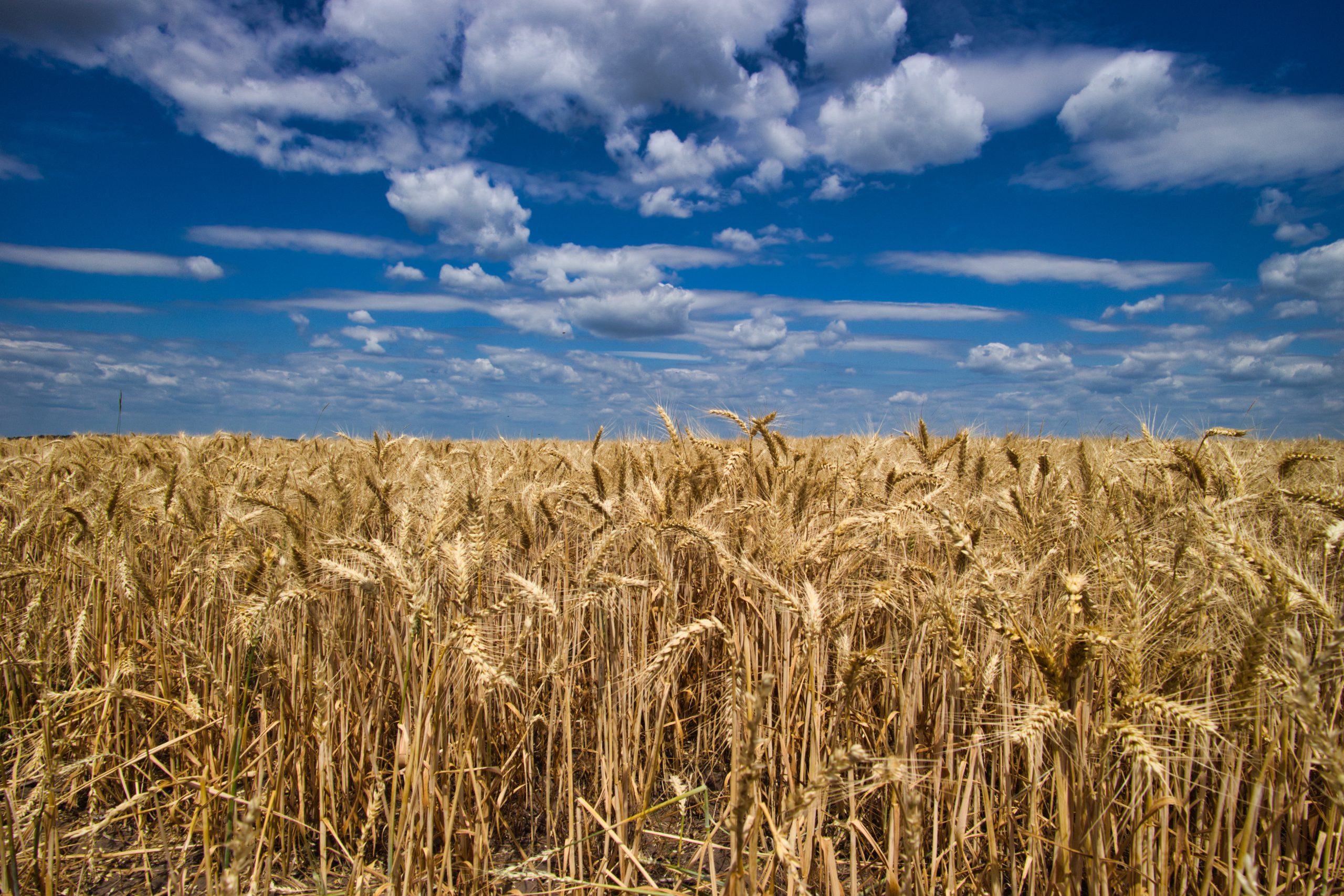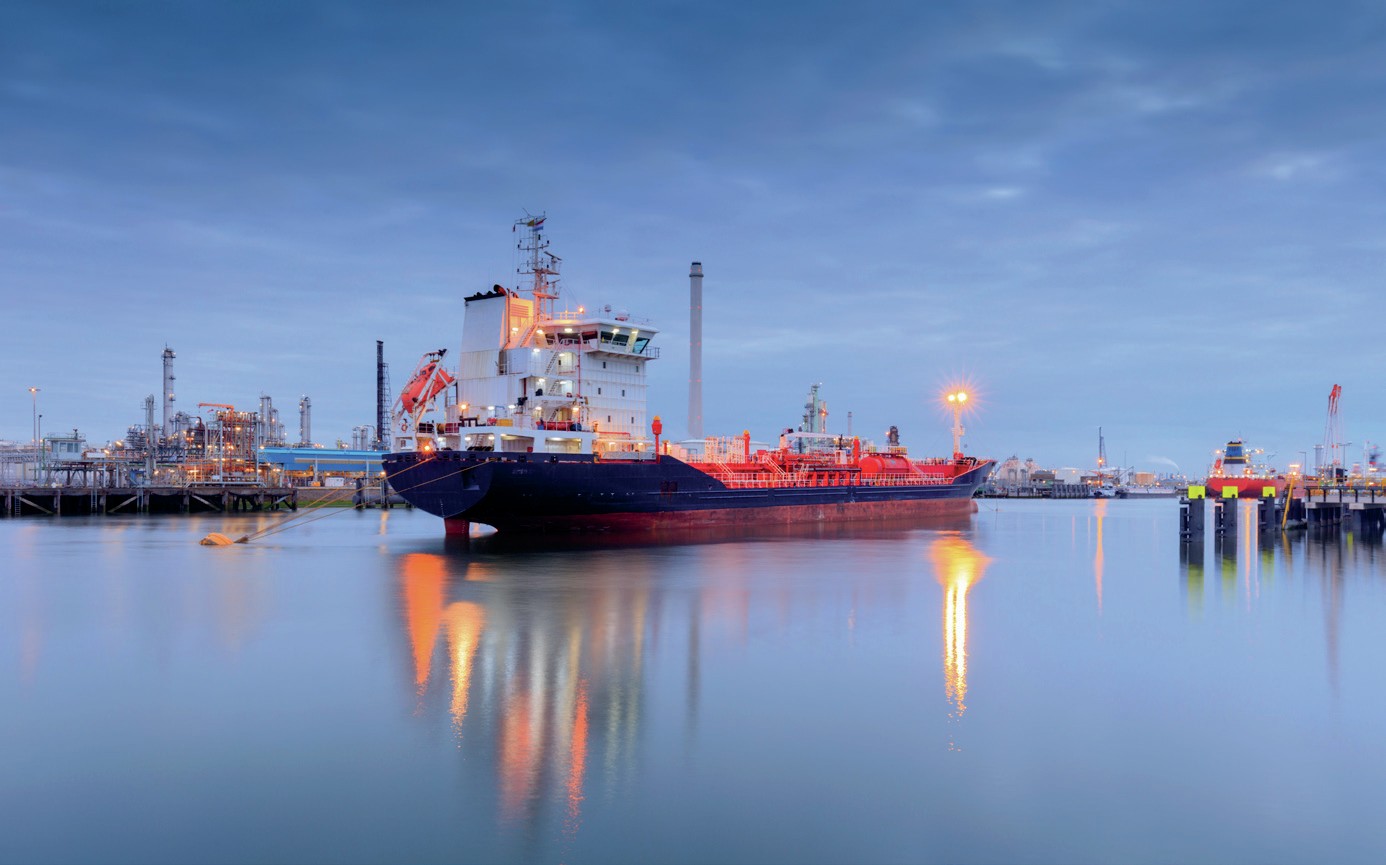Nitrogen+Syngas 380 Nov-Dec 2022

30 November 2022
The politics of ammonia

“If the fertilizer market is not stabilised, next year the world may run out of food”
Fertilizers are always political to some extent, sitting as they do at the intersection of key commodities such as oil and gas on the one hand and food on the other. Markets for major nitrogen derivatives have often been distorted by political decisions to achieve self-sufficiency in fertilizer production, such as in, e.g. China or India. But over the past couple of months ammonia has found itself particularly in the political spotlight, in the context of the ongoing conflict in Ukraine, which continues to shape and indeed re-shape global commodity markets.
At issue is the huge pipeline that runs from Togliatti in southern Russia to the Ukrainian Black Sea coast at Odessa. In happier days, it conveyed up to 2.5 million t/a of ammonia to the export terminal, representing about half of Russia’s ammonia exports, and more than 10% of all traded ammonia. Its closure by Ukraine in the early days of the war has removed that ammonia from the market, and Russia has struggled to find other ways to export that ammonia. It has contributed to the current record prices for ammonia of over $1,000/t.
The disruption to exports of food grain from Ukraine, one of the world’s largest exporters, has hit food markets hard, especially in the developing world, and fears of famine prompted international pressure to agree a grain export deal via the major port of Odessa. The deal was finally struck on July 22nd with the first ship sailing on August 1st. By the end of October, some 9.3 million tonnes had been shipped. Vessels are stopped in Istanbul and inspected in both directions to make sure that they are not carrying weapons or other warlike supplies. In spite of some hitches following Ukrainian drone attacks on the Russian naval base at Sevastopol, the deal seems to be holding.
The current deal was to last for four months, ending on November 19th, and both sides have been in negotiations for several weeks over its continuance after that date. However, Russia is reportedly pressing for ammonia exports to be included in the new deal, otherwise it will not extend the grain export concession, and they seem to have backing from the United Nations secretary general Antonio Guterres in doing so. On September 23rd, Guterres said: “If the fertilizer market is not stabilised, next year the world may run out of food. It is essential that all countries remove every remaining obstacle to the export of Russian fertilizers. We need to get them to farmers at a reasonable cost and on to fields as soon as possible.”
Guterres has personally met with president Putin as well as Turkish president Erdogan, who has acted as an intermediary, to attempt to secure agreement on a resumption of ammonia exports, and there seems to be tentative acceptance in western capitals that Russian ammonia exports should be allowed. Fertilizers (and indeed food) are not part of the sanctions regime on Russia, but withdrawal of access to the SWIFT international banking system has made paying for them more onerous. For that reason, Russia has been insisting that the ammonia deal must also include a relaxation of the SWIFT restrictions. The talks have also bogged down over Ukraine trying to tie them to the release of detainees.
With the November deadline rapidly approaching, it remains to be seen if a deal can be reached. It is in Ukraine’s interest for the grain export deal to continue, and Russia’s interest for ammonia to be included. Moreover, it is in the interests of farmers and consumers around the world, but particularly in its poorest parts, for both to be allowed.






